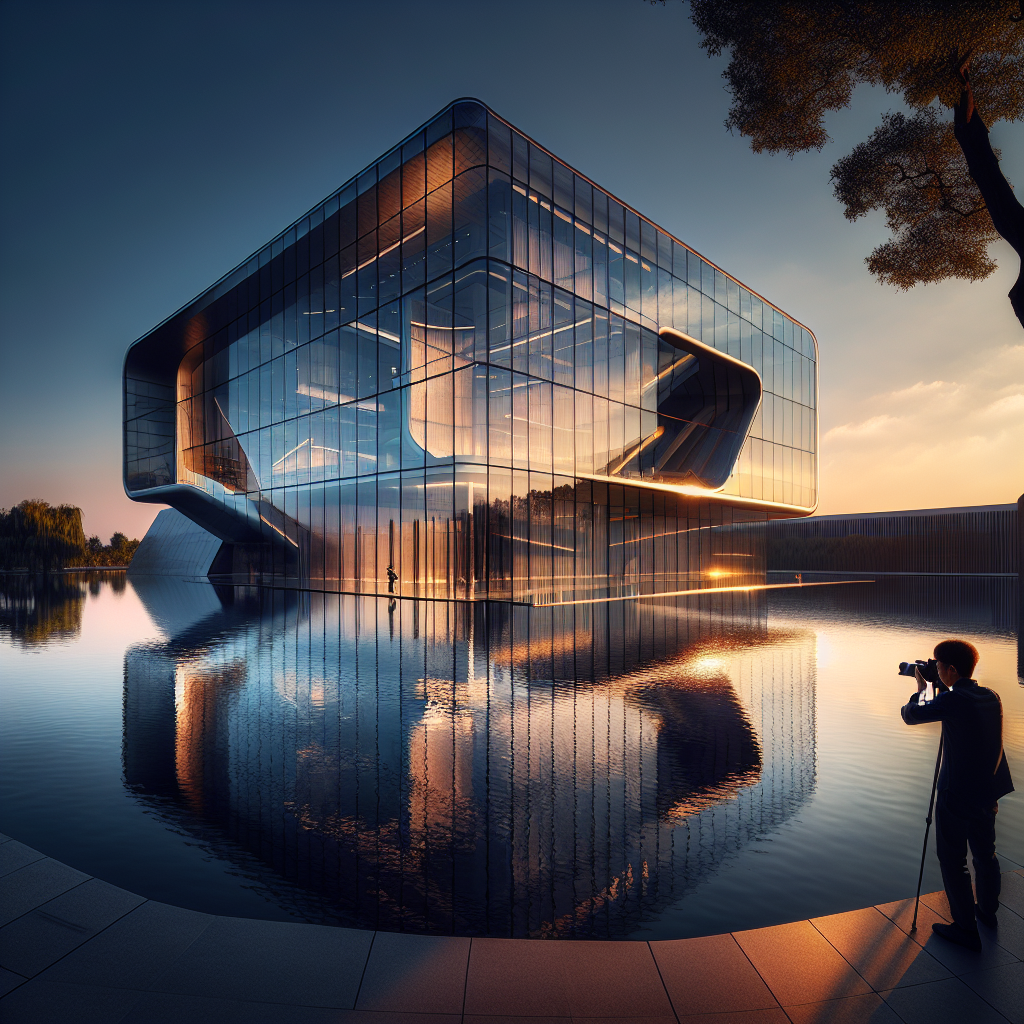Introduction
Architectural Photography, as the name implies, involves capturing buildings, structures, and cityscapes in a way that is both aesthetically pleasing and accurate in representation. It is an intriguing blend of aesthetic vision and technical precision, demanding a unique understanding of light nuances, composition, perspective, and detail. As an intersection of architecture, history, and photography, it presents an engaging multi-disciplinary study.
The Beginnings.
The advent of architectural photography can be traced back to the rise of the daguerreotype process in the 1840s. Iconic architectural structures like the Notre-Dame and the Colosseum were some of the initial subjects of this photographic form, making it an instrumental tool in documenting and sharing architectural designs globally. The seamless blend of art, science, and technology marked the birth of a new era of visual storytelling.
The Techniques.
The essence of capturing architecture lies in the tactics employed. Interestingly, it isn’t simply dominated by equipment capabilities, the genius, however, lies in the art of witnessing how light interacts with the structure. Additionally, emphasizing aspects like linearity, symmetry, and patterns play a pivotal role in making the architecture speak through the images.
The Challenges and Triumphs.
Architecture innately embodies time and space and, capturing this in a single frame can be challenging. The photographer is tasked with capturing the character, aesthetic, and design of a building, and the space it inhabits. Weather conditions and the changing light can greatly impact a shot, and these variables must be skillfully managed. However, the triumph comes from overcoming these challenges and creating an enduring and vivid testament of architectural brilliance and evolution.
The Evolution.
Architecture and by extension, architectural photography has evolved in tandem with progress in society, technology, and culture. Subsequently, the focus has shifted from classical monochromatic portrayal to dynamic color schemes, from static structures to a rich interplay with the environment, from a homogeneous, ideal portrayal to incorporating diversity and an authentic depiction of modern urban landscapes.
Contemporary Architectural Photography.
In today’s context, architectural photography has expanded its scope, with a more nuanced focus on architectural elements such as line, shape, form, texture, pattern, and color. Now, photographers are bending and breaking traditional rules, playing with light and shadow, embracing imperfection, highlighting the interaction of humans with architecture, and giving voice to the contemporary architectural dialogue in ways never seen before.
Conclusion
The Art of Capturing Architecture is much more than a mere photographic rendition of buildings. It’s a complex tapestry of art, history, culture and even an individual’s perspective. This exploration unravels the enticing world of architectural photography, revealing its potential to impart understanding, document history, inspire design, provoke thought and invoke emotion. As architectural photography continues to evolve, it shall continue to tug at the world’s curiosity, inspire artistry and nurture a sense of history.
FAQs
What do architectural photographers do?
Architectural photographers focus on capturing buildings, structures, and cityscapes. They utilize their aesthetic vision and technical precision to generate pleasing and accurate representations.
What do you need for architectural photography?
In addition to the essential photography equipment, the key requirements include understanding principles of light, composition, perspective, and detail.
How has architectural photography evolved?
Initially focused on a monochromatic portrayal of static, iconic structures, architectural photography has evolved to embrace color, interplay with environment, dynamic urban landscapes and diversity.
What challenges are faced in architectural photography?
Weather, light conditions, and the intricate task of portraying a structure’s character, aesthetic, and design in a single frame.
Why is architectural photography important?
It serves as a visual documentation of the architectural evolution, showing the history of an area. This can shape our understanding of a place and its history, influence future designs, and invoke emotion.

